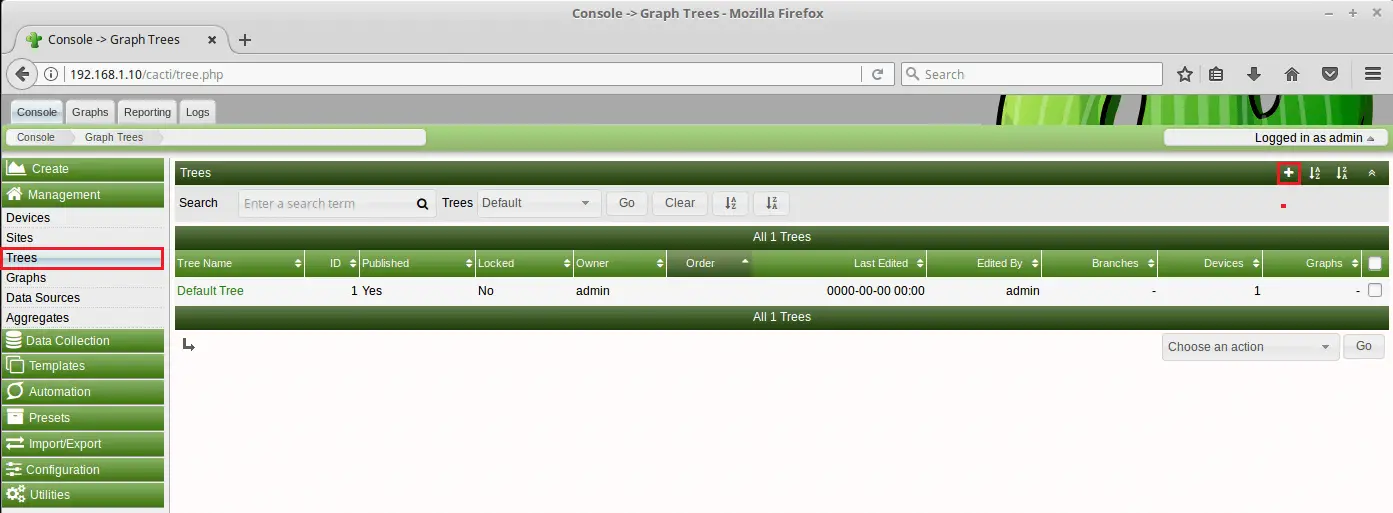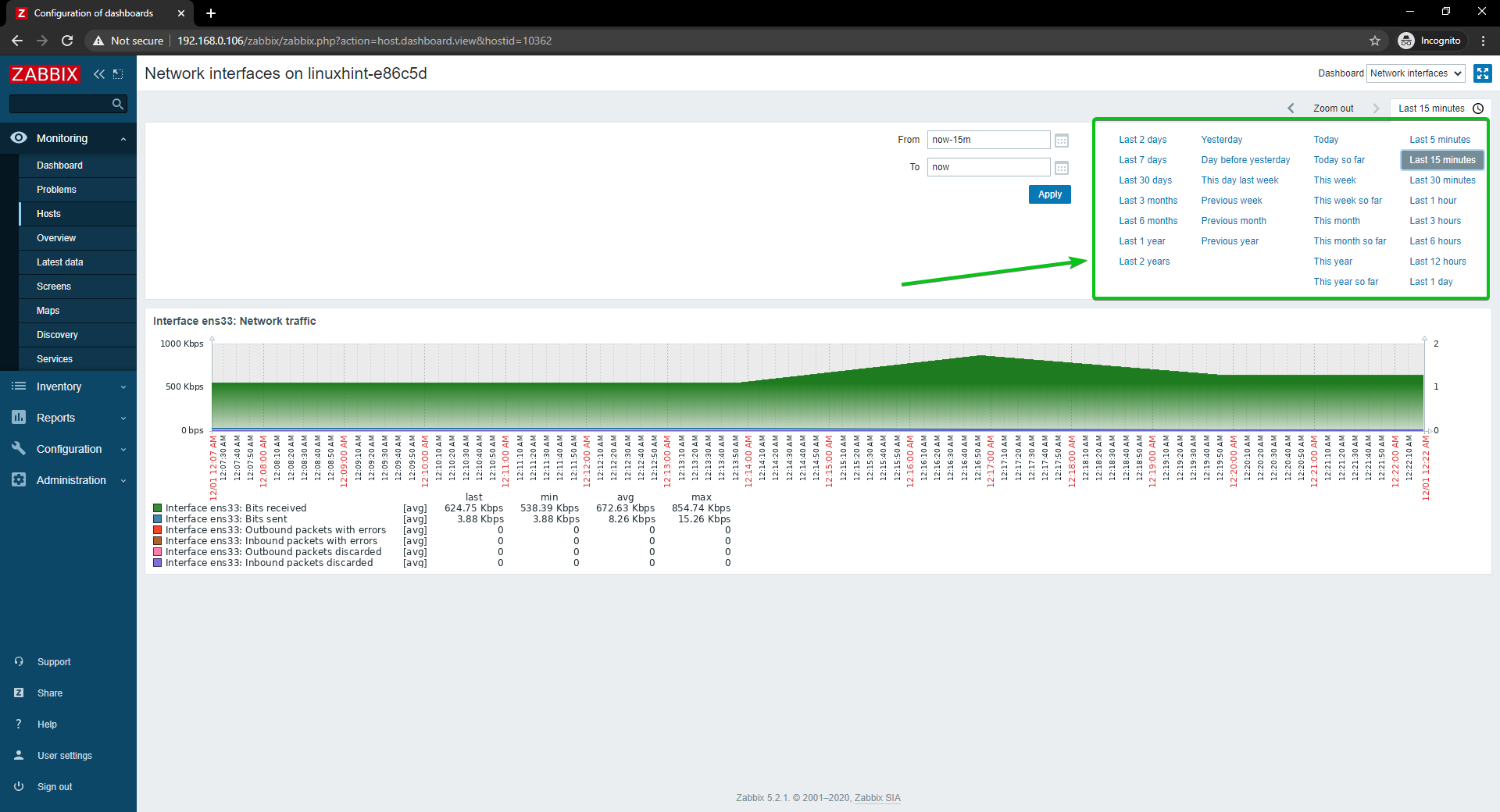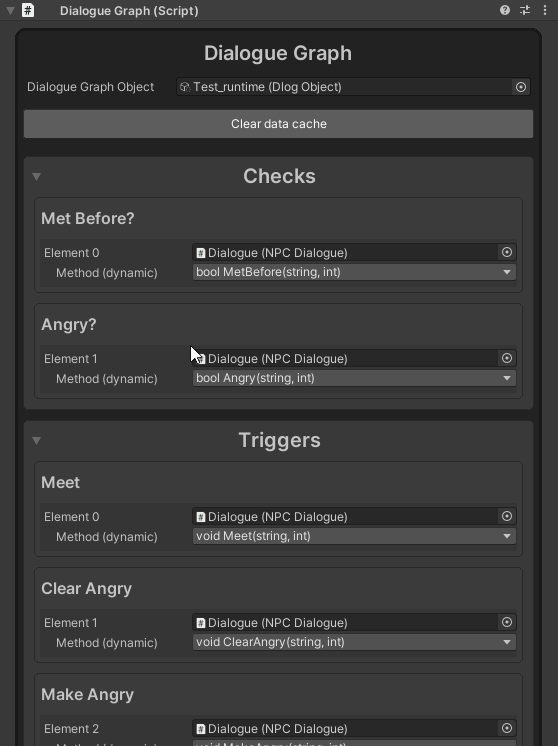

It also tends to be fairly proactive on newer technologies in the Linux user space: Well for one the dnf package manager is going to be different from apt or pacman if you come from other distros. It’s probably not as exhaustive as the AUR on Arch, but that’s certainly a great step up compared to having a distribution with fixed/limited repositories.įollow us on Twitter or Mastodon to stay up to date with our content as well as the numerous additional info we share every week with our followers! Note that it’s another repository for binaries, while the AUR is mostly used to build stuff from source code. You can see some recent packages at the time of writing.
Graphclick linux install#
Nowadays if you install the Flathub repo you’re going to have everything you need between RPM, COPR and Flathub/Fedora Flatpak.Ĭhecking out shows that it’s a kind of automated build system:Ĭopr is an easy-to-use automatic build system providing a package repository as its output. In my experience, pretty well everything that I need is in the RPM repos or in the COPR repositories. There’s also some stuff I did not know about Fedora until I heard about it on the Matrix channel:Īlso Fedora has a new thing called COPR which is like a hybrid of Ubuntu PPAs and the Arch AUR, so I think they are growing their flexibility My other laptop is running Pop!_OS 22.04 at the moment just to keep abreast of Gnome DEįedora is curated so they don’t push releases until they are tested. I actually ran it on my laptop converted to headless home server before eventually switching to it as a desktop. Thoroughly enjoy the experience of Fedora. Its such a breath of fresh air to not have things break or to tinker I think Fedora so far is the most balanced distro between Stable and up to date packages. Here’s a few comments I picked up from a few discussions on our Matrix channel, all from different people: Join us on Matrix to chat with us and our community! And while I did not really check at the stats that carefully until a few days ago, man, have I heard about Fedora over and over again in our Matrix channel!



Graphclick linux software#
GraphClick is a graph digitizer software which allows to automatically retrieve the original (x,y)-data from the image of a scanned graph or from a QuickTime movie.


 0 kommentar(er)
0 kommentar(er)
